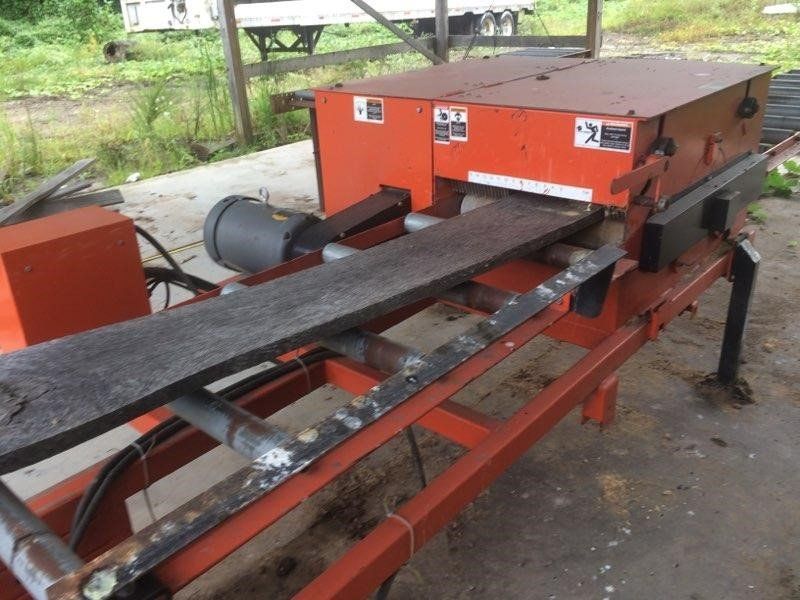


They said the sale to Conwest, and the redevelop the site “will further entrench grievous impacts to our rights, title and cultural wellbeing suffered over the past six generations.” “In 2019, when we learned that the current mill operator, Interfor, was closing the mill and divesting of this property, we initiated discussions to reclaim our title to this land.” “From 1910 to 2019 a lumber mill operated at our sacred burial ground within cxwi’t, and through mill operations, our ancestors were disturbed, desecrated and the land at waters at cxwi’t have been contaminated.” Katzie was forced off this land by the Crown, who then sold cxwi’t to settlers,” said the Katzie letter. “Katzie never ceded or surrendered cxwi’t. Found at the site have been skeletal remains, a carved bone club, projectile points, hand mauls, knives, bone and antler points, decorative items, woodworking tools, weights used on fish nets, bowls, pipe fragments, stones used for boiling, and more.Īn SFU Archeaology Press article says “future systematic investigations… would undoubtedly provide a great deal more information about human behaviour and activities that transpired at this important site.”

A great number of artifacts were found, including 1,396 stone artifacts. It was subject of a modern study in 2000, before a kiln replacement project undertaken by the cedar mill. In 18, investigation of the site found stone artifacts, shell heaps and burial mounds, as Harlan Smith, a noted anthropologist in early Canada, investigated the former village. It stretched across some 1600 meters of river bank. The society recorded there was a Katzie settlement along the Fraser River, from the Hammond mill site to the current Katzie Reserve land, and moving inland between 50 and 100 meters from the river’s edge. Over a century ago, the Royal Society of Canada took an interest in the site for its archaeological assets. That the site was an ancient settlement is well established. We have lived with them being disrespected and dehumanized for far too long.” “We do not forget our ancestors just because they are unseen or covered with pavement and machinery,” says the eight-page letter. “Our ancestors resided at cxwi’t continuously, intensively and exclusively since time immemorial, and they continue to hold this space as their sacred burial site within what is known as the Hammond Mill,” said the letter. The letter says the site, which they call both cxwi’t and Katzie Village Site Port Hammond, was a home of their people. government ministers asserting their claims to the property. The Katzie claim the property is rightfully theirs, and now want to lead a study of where there ancestors are buried there, and how much environmental damage has been done. Interfor sold the 11-hectare site to Conwest Development for approximately $40 million, and the company plans to re-develop the site for new industrial operations. The band has long wanted to reclaim the land, and said a proposed new development would further aggrieve their people. The Katzie First Nation says the former Hammond Cedar Mill desecrated their historic village site and burial ground. Maple Ridge and Pitt Meadows Tourism Guide.


 0 kommentar(er)
0 kommentar(er)
